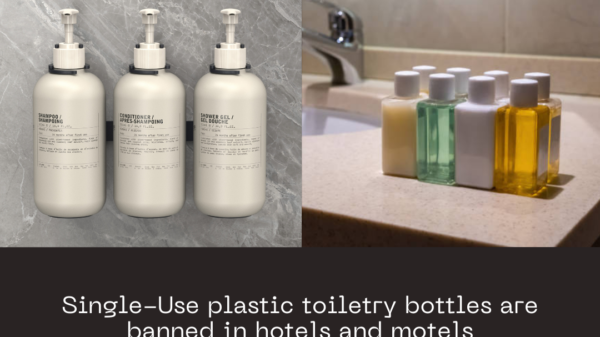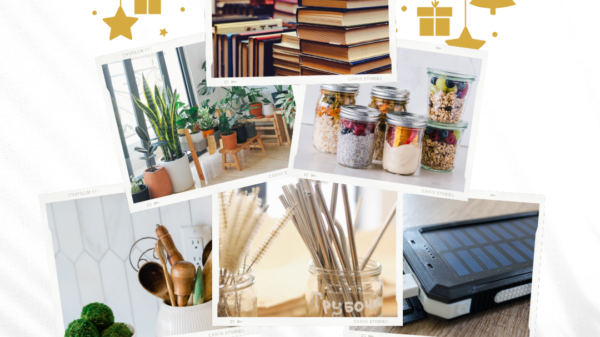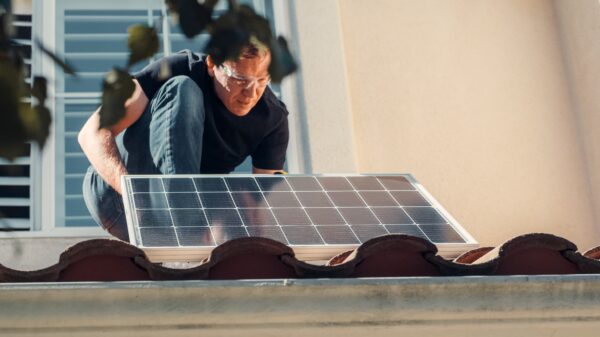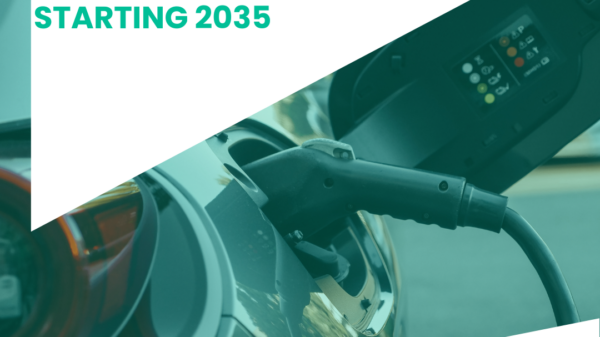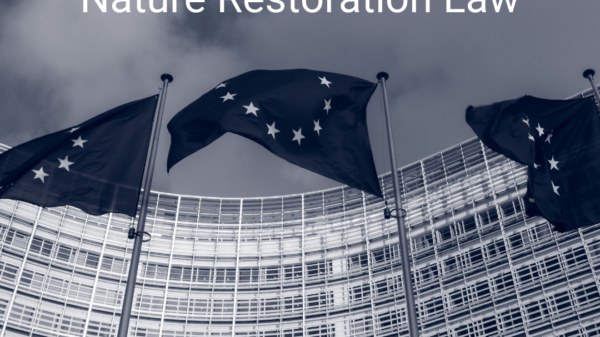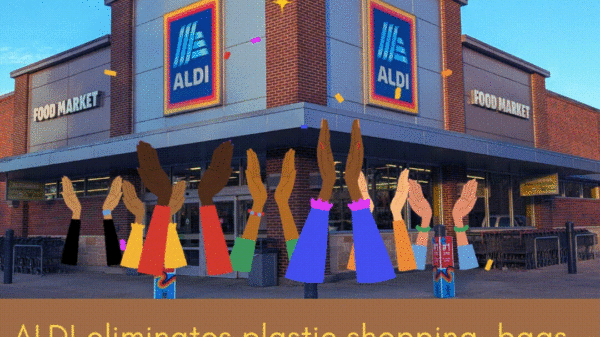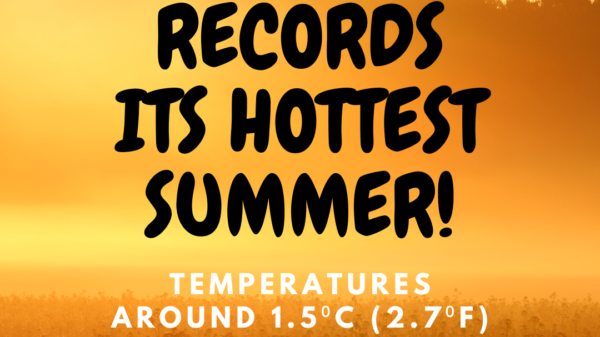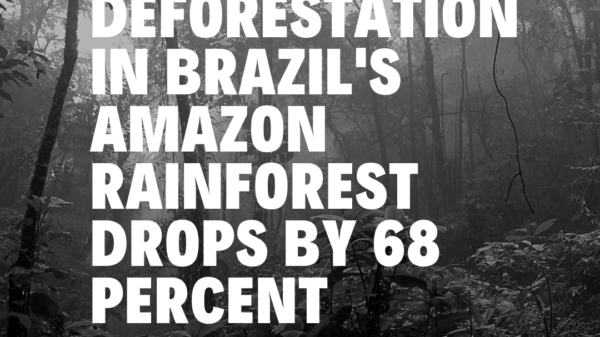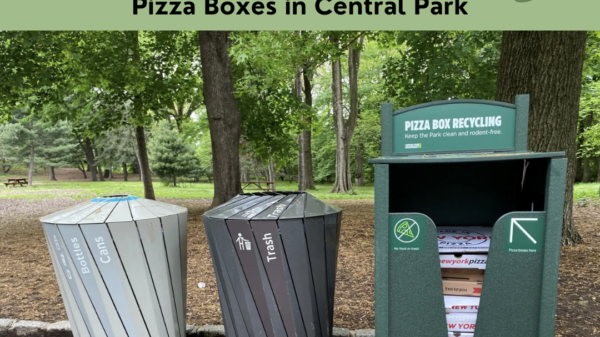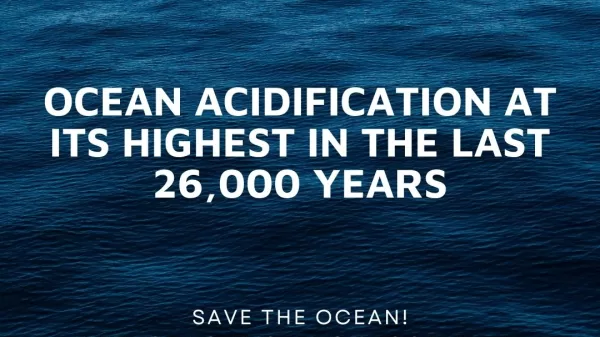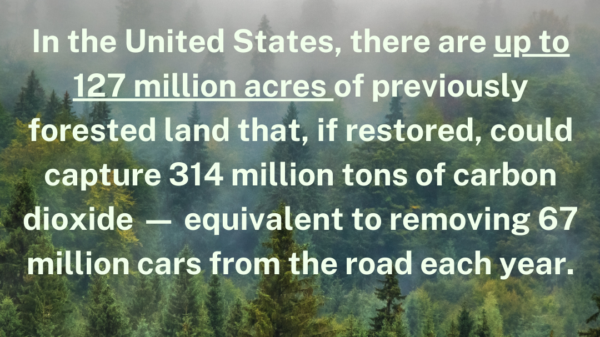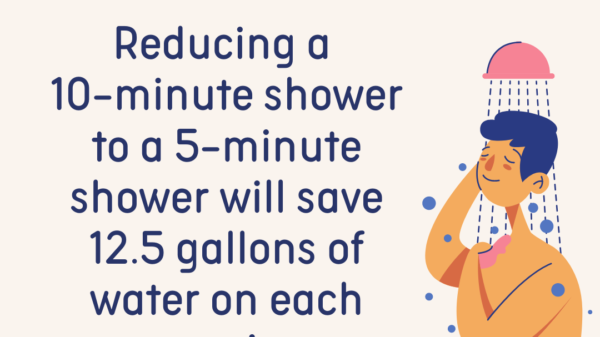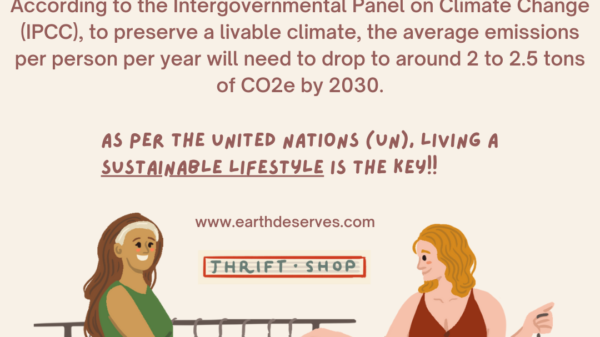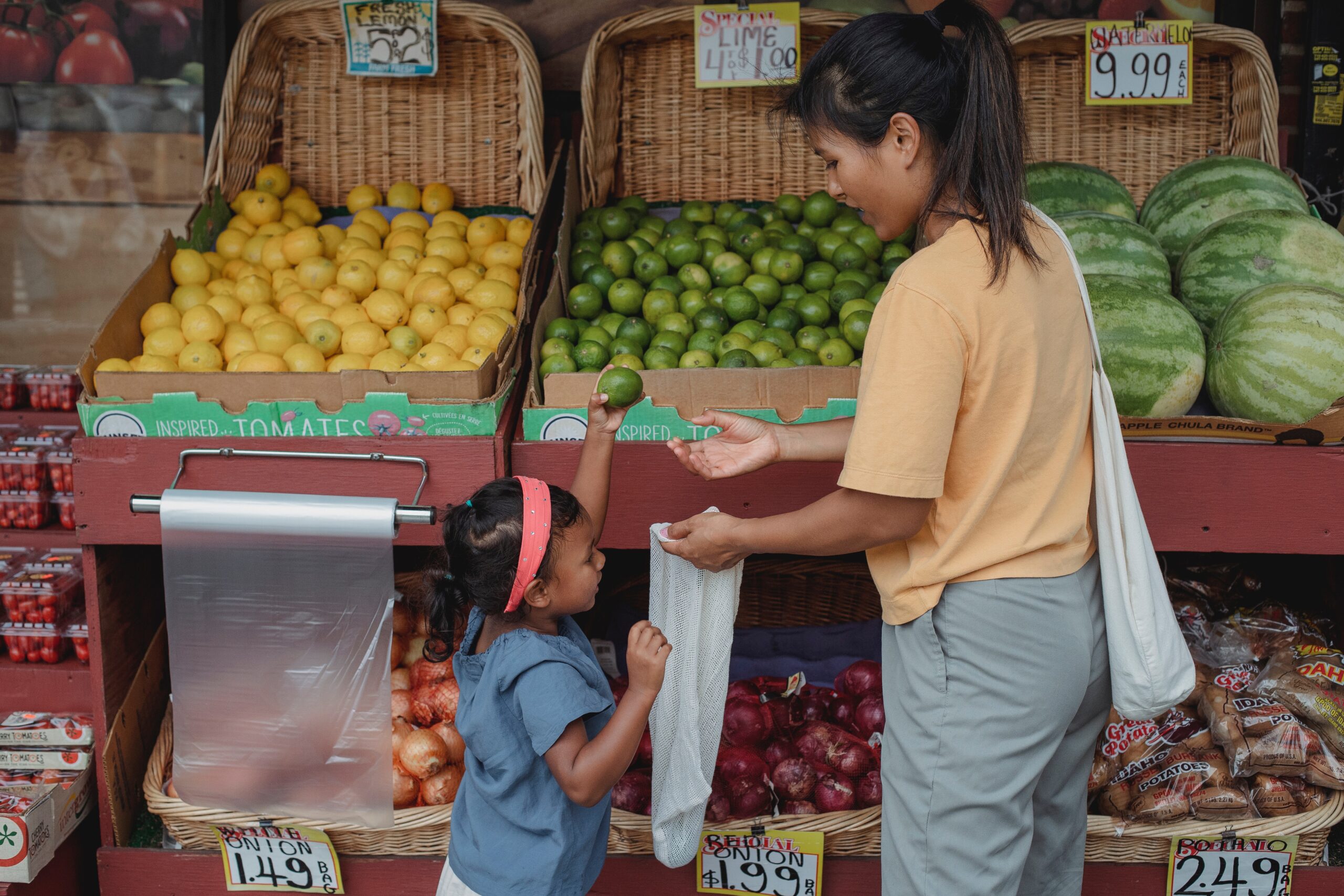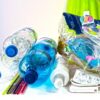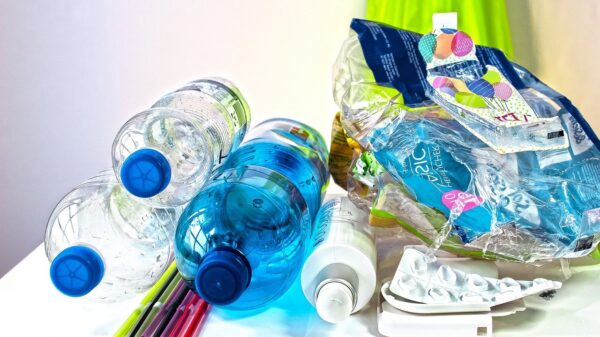Plastic, Plastic, Plastic! The world is full of Plastic! Most of the plastic items we use in our daily life are disposed of after one-time use. They end up in rivers, oceans, and landfills and cause damage to our ecosystem.
Considering the fact their popularity hit the roof in the late 1970’s, plastics have found their way into every commercial use so quickly because of its durability, longevity, light weight, cheap production cost, insulation properties, easy to mold with other materials to meet specific needs and so on. These advantages come with a bigger price and pose a threat to our planet. The ten steps below are a start for every aspirant who would like to reduce plastic usage in everyday life so they could do their part in protecting our environment.
1 Carry reusable shopping and grocery bags
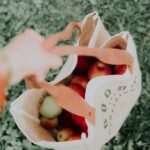 Worldwide, more than a billion single-use plastic bags are used each day nearing one million bags per minute. The next time you go shopping, remember your keys, wallet, and reusable bags! An idea would be to keep them in your car or purse for easy access.
Worldwide, more than a billion single-use plastic bags are used each day nearing one million bags per minute. The next time you go shopping, remember your keys, wallet, and reusable bags! An idea would be to keep them in your car or purse for easy access.
In India, the State Government of Tamil Nadu has introduced the “yellow cloth bag initiative”. Yellow colored cloth bags were an integral part of daily life before the plastic era. It was used for shopping and buying groceries. Some Governments are encouraging people to revive their old traditions.
2 Say ‘NO’ to bottled water
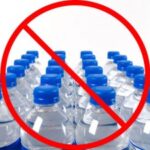 From its production to decomposition, a plastic bottle uses fossil uses, contributes to global warming, and causes pollution. Plastic bottles are made from PET (Polyethylene Terephthalate) that takes 500 years to decompose naturally. According to the Harvard University’s Office of Sustainability, “more than 17 million barrels of oil are required to produce plastic bottles for a year”. With 80 percent of bottles ending up in either landfills or a waterbody (oceans, lakes, rivers), plastic is listed as the number one threat to marine life.
From its production to decomposition, a plastic bottle uses fossil uses, contributes to global warming, and causes pollution. Plastic bottles are made from PET (Polyethylene Terephthalate) that takes 500 years to decompose naturally. According to the Harvard University’s Office of Sustainability, “more than 17 million barrels of oil are required to produce plastic bottles for a year”. With 80 percent of bottles ending up in either landfills or a waterbody (oceans, lakes, rivers), plastic is listed as the number one threat to marine life.
One of the best ways to prevent the plastic water bottle pollution is to use water filters for safe and better taste. One of the common myths is that “Bottled Water is Purer than Tap Water”. Bottled Water is not purer than Tap Water! Research shows that around 40% of bottled water is filtered tap water. The federal government has more rigorous standards for testing and monitoring of municipal drinking water.
Switching to insulated metal bottles that keeps beverages hot or cold is another solution.
3 Say ‘YES’ to reusable coffee mugs
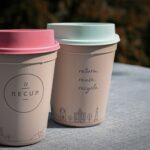
Saves resources, money, and keeps your drink warm/cold. Starbucks has a program to bring your personal reusable cups to purchase coffee in their store. The company offers a discount of $0.10 on their beverages to encourage the reduction of single-use cup waste. Check with your other local coffee shops for similar programs.
4 Use Glass/Steel containers and Stasher bags instead of plastic storage containers
 Gone are the times of zip-top bags and plastic containers! Thanks to the reusable alternatives that are out there! Stasher bags, Beeswax Wraps, glass/steel/silicone containers, and cloth food sacks are a great way to keep your kitchen plastic-free.
Gone are the times of zip-top bags and plastic containers! Thanks to the reusable alternatives that are out there! Stasher bags, Beeswax Wraps, glass/steel/silicone containers, and cloth food sacks are a great way to keep your kitchen plastic-free.
5 Purchase items secondhand – toys, tech gadgets, exercise equipment, gift cards
 Shopping secondhand saves money, creates less demand for new products, saves natural resources, reduces waste production, and contributes to positive societal and environmental health. You can purchase any items including toys, tech gadgets, exercise equipment, and even gift cards in a plethora of avenues like secondhand stores, garage sales, and online.
Shopping secondhand saves money, creates less demand for new products, saves natural resources, reduces waste production, and contributes to positive societal and environmental health. You can purchase any items including toys, tech gadgets, exercise equipment, and even gift cards in a plethora of avenues like secondhand stores, garage sales, and online.
6 Use reusable straws
 Bamboo straws, paper straws, stainless steel straws, silicone straws, glass straws and other reusable straws are some of the alternatives to plastic straws. Or, even better, sip your drink from the cup.
Bamboo straws, paper straws, stainless steel straws, silicone straws, glass straws and other reusable straws are some of the alternatives to plastic straws. Or, even better, sip your drink from the cup.
7 Reusable produce bags
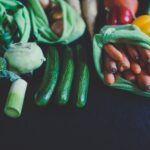 Cloth and mesh bags with tare weights printed on the tags are available in the market. The bag weights can be removed from the weight of the produce at checkout, so you are not charged for the weight of the bag.
Cloth and mesh bags with tare weights printed on the tags are available in the market. The bag weights can be removed from the weight of the produce at checkout, so you are not charged for the weight of the bag.
Become a better shopper by not buying groceries that are wrapped in plastic. Shopping at your local farmer’s market is another great idea!
8 Choose cardboard over plastic
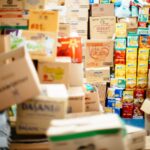 Cardboard has the highest recycling rate in paper products compared to plastic products. Opt for products like boxed pasta, boxed laundry detergent, boxed rice packets, you get the idea…
Cardboard has the highest recycling rate in paper products compared to plastic products. Opt for products like boxed pasta, boxed laundry detergent, boxed rice packets, you get the idea…
9 Say ‘No’ to products with microbeads
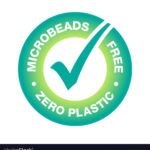 Microbeads are plastic particles found in a range of products including body wash, facial cleansers, sunscreen and other personal care products and cleaning agents. Most wastewater treatment systems are not designed to capture these microbeads as they end up in lakes, rivers and oceans affecting marine life. This is transferred to the food we eat. The best way to address this is to prevent them from entering the environment in the first place.
Microbeads are plastic particles found in a range of products including body wash, facial cleansers, sunscreen and other personal care products and cleaning agents. Most wastewater treatment systems are not designed to capture these microbeads as they end up in lakes, rivers and oceans affecting marine life. This is transferred to the food we eat. The best way to address this is to prevent them from entering the environment in the first place.
10 Enjoy your ice cream in a cone rather than a plastic cup.
 Picture says it all!
Picture says it all!




